Más información del producto


40 Years of TASCHEN
Since we started our work as cultural archaeologists in 1980, TASCHEN has become synonymous with accessible publishing, helping bookworms around the world curate their own library of art, anthropology, and aphrodisia. In 2020, we celebrated 40 years of incredible books by staying true to our company credo.
The 40th Edition presents new editions of some of the stars of our program—now more compact and still realized with the same commitment to impeccable production.

Woodblock Wonders
The Japanese woodblock print showcased breathtaking landscapes, blush-inducing ghosts and demons that torment the living, and made sumo wrestlers and kabuki actors into rock stars. This condensed edition reveals the most exceptional prints from 1680–1938, drawing from the finest impressions of museums and private collections worldwide.
| | |
|---|---|---|
The Japanese woodblock print showcased breathtaking landscapes, blush-inducing ghosts and demons that torment the living, and made sumo wrestlers and kabuki actors into rock stars. This condensed edition reveals the most exceptional prints from 1680–1938, drawing from the finest impressions of museums and private collections worldwide. | We delve into the horrifying and the obscure in prints where demons, ghosts, man-eaters, and otherworldly creatures torment the living—stunning images that continue to influence Japanese manga, film, and video games to this day. | We witness how these works are united by the technical mastery and infallible eye of their creators and how, with tremendous ingenuity and tongue-in-cheek wit, publishers and artists alike fought to circumvent government censorship. |

A visual history of Japanese masterpieces
From Edouard Manet’s portrait of naturalist writer Émile Zola sitting among his Japanese art finds to Van Gogh’s meticulous copies of the Hiroshige prints he devotedly collected, 19th-century pioneers of European modernism made no secret of their love of Japanese art. In all its sensuality, freedom, and effervescence, the woodblock print is single-handedly credited with the wave of japonaiserie that first enthralled France and, later, all of Europe—but often remains misunderstood as an “exotic” artifact that helped inspire Western creativity.
Opiniones editoriales
Críticas
“A quarter-millennium’s worth of prints reveal the evolving tastes of Japanese artists over the ages, and the impact of this art form on global culture.” ―
The New York TimesBiografía del autor
Andreas Marks studied East Asian art history at the University of Bonn and obtained his PhD in Japanology from Leiden University with a thesis on 19th-century actor prints. From 2008 to 2013 he was director and chief curator of the Clark Center for Japanese Art in Hanford, California, and since 2013 has been the Mary Griggs Burke Curator of Japanese and Korean Art and director of the Clark Center for Japanese Art at the Minneapolis Institute of Art.










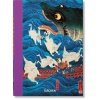
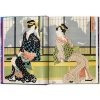
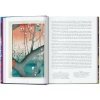
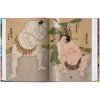

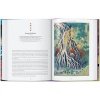










Aún no hay reseñas.